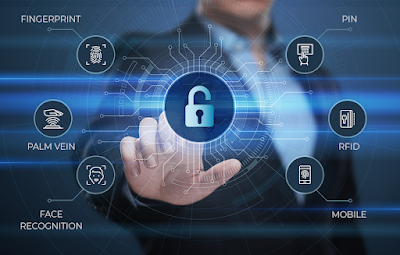What is mobile access control and how does it work

RFID cards are beginning to be replaced by mobile access credentials, learn about their main features and advantages and integrate this emerging technology into your projects. Almost 90% of the secured doors in the places where we work and live use RFID cards. This small plastic is very common thanks to its simplicity. Just one touch and you're done. These cards have been very popular in offices for 20 years, but they are starting to get old. One of the main causes of this obsolescence are the current hybrid, distributed and remote work models, which allow greater flexibility. Mobile access control replaces the access credential from a separate card to a mobile phone, making RFID cards and employee badges unnecessary. To use a mobile access control System simply touch the reader with the phone, just as you do with a card. This type of access is sometimes called “smartphone door access,” but this technology can do much more than open doors. This article presents different res...



